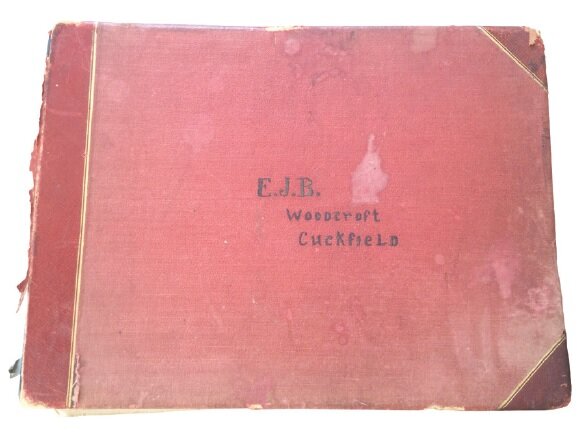Cuckfield Union Workhouse
By Andrea King
Poor Law records for Mid Sussex can be traced back many years. In medieval times the very poorest in society were cared for in the parish where they lived or had a right of settlement and the church had a duty of care as laid down in the scriptures. Eventually the government stepped in with the 1601 ‘Act for the Relief of the Poor’. However, this meant the possibility of a different approach in less altruistic areas with some vagrants moved on to avoid anyone taking responsibility for them. An example is a movement order from Cuckfield to Anglesey.
“Memorandum that William Roberts, being taken as a vagrant person was whipt heere, according to the law in that behalfe, the xvith day of August 1618, and had a passe made thence to travayle to Llangefyne, Angelsey, Wales, and thirtye days allowed him to travalye thither.”
Some rural parishes had only a few elderly people to look after but the larger towns had much more of a problem. This was the basis of care for many years until the Industrial Revolution in the second half of the eighteenth century when each parish elected an overseer for the poor. These were men of standing in the area and they had the task of maintaining the families and setting them to work.
Funds for this initiative came from the levy of a poor rate on other inhabitants and eventually this led to the establishment of workhouses so that those in need of assistance were forced to live together.
To read more of Andrea’s article and to find out what the Parish of Cuckfield officially gave notice to its citizens regarding, pick up a copy of June’s Cuckfield Life and turn to page 38.
Cuckfield Museum


